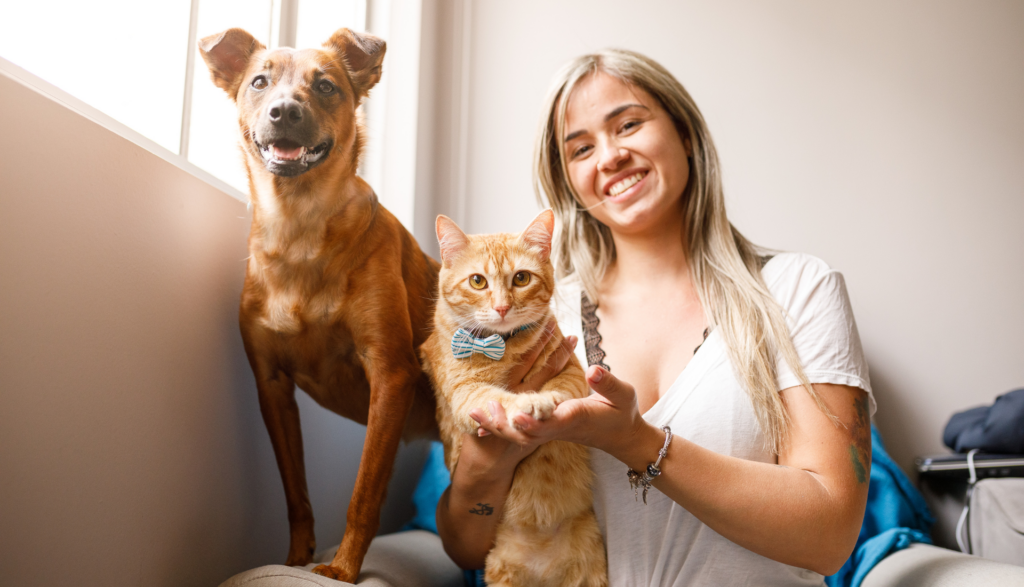How To Create The Best Landlord Pet Policy
Allowing pets in rental properties can be a contentious issue for landlords. On one hand, pet-friendly policies can attract a wider pool of potential tenants and increase occupancy rates. On the other hand, concerns about property damage and noise disturbances can make landlords hesitant. By creating a well-thought-out landlord pet policy, you can strike a balance that benefits both you and your tenants. Here are some essential steps to help you create the best landlord pet policy.
1. Research Local Laws and Regulations
Familiarize yourself with local laws and regulations regarding pets in rental properties. Some jurisdictions have specific rules regarding pet deposits, breed restrictions, or weight limits. Understanding the legal framework will help you develop a policy that aligns with local requirements.
2. Define Pet Types and Size Restrictions
Determine the types of pets you are comfortable allowing in your property. Consider setting size restrictions based on the size of your rental units and any potential damage they might cause. Clearly define the acceptable pet types in your policy, such as dogs, cats, or small caged animals.
3. Require Pet Screening and Documentation
Implement a pet screening process to assess the suitability of each pet. Ask for documentation such as vaccination records, training certificates, or references from previous landlords. This screening process helps ensure responsible pet ownership and reduces the risk of property damage.
4. Set Clear Rules and Expectations
Clearly outline the rules and expectations for pet owners in your policy. Specify requirements such as leash laws, waste disposal, noise control, and restricted areas within the property. Be explicit about consequences for violating these rules, including potential fines or lease termination.
5. Establish Pet Deposits or Fees
Consider requiring a pet deposit or additional monthly pet fee to cover any potential damage caused by pets. This provides a financial safeguard for property repairs and encourages responsible pet ownership. Ensure that the deposit or fee is reasonable and complies with local regulations.
6. Communicate with Tenants
Openly communicate your pet policy to prospective tenants during the application process. Discuss the policy’s details, answer any questions they may have, and provide them with a written copy of the policy to review. This transparency ensures that tenants understand and agree to the terms before signing the lease.
7. Regular Inspections
Conduct regular inspections of your property to monitor compliance with the pet policy. This allows you to address any issues promptly and ensure that the property is well-maintained.
Remember, a well-crafted landlord pet policy strikes a balance between accommodating responsible pet owners and protecting your property. By conducting thorough screenings, setting clear rules, and maintaining open communication with tenants, you can create a pet-friendly environment that benefits everyone involved.

